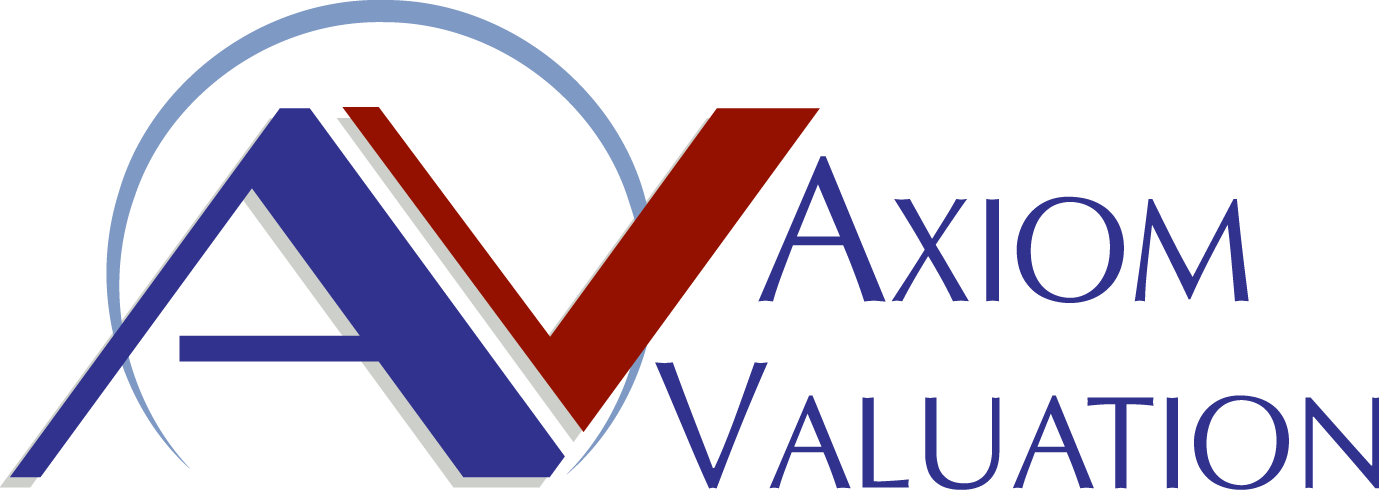 Take Me Back
Take Me BackDISCOUNTED FREE CASH FLOW METHOD
- – Base Year Company Cash Flow
- – Company Cash Flow Projections
- – Cost of Capital Rates Used to Discount Company Cash Flow Projections
Establishing Base Year Company Cash Flow:
The first analytical step in establishing the company’s cash flow for the base year is to separate the firm’s reported cash flow as reported on the company’s tax return, into three possible sources:
- Cash flow from operations
- Cash flow from rental and real estate activities
- Cash flow from passive investments: dividends, interest income and royalties
The second step is to make adjustments, where appropriate, to reported operating cash flow for the base year according to generally accepted valuation standards. The objective of this analysis is to recast the company’s financials as if there was a separation between the ownership of the company and the management, as there generally is with public companies. The areas where adjustments for valuation purposes are typically made include:
- Owner Compensation and Owner Family/Relative Compensation
- Typical Owner Discretionary Expenses: Travel, Entertainment, Meals, Club Membership Fees, Advertising, and Automotive
- Other Owner Discretionary Expenses: Occupancy Expenses, Non-mandatory Pension or Profit-sharing Contributions
Company Cash Flow Projections:
The next step is to project the firm’s adjusted cash flows using one of three growth segments that characterize its industry. These segments have been developed by evaluating firm performance and creating three firm growth cohorts – high, average, and low growth.
- Axiom Valuation projects operating cash flow for 981 industries based on models that require revenue and operating profit margin growth projections as inputs.
- The selection of the most appropriate path for the firm’s future performance is based on a firm’s past performance relative to its specific industry and the overall economy.
These projected cash flows are adjusted for the necessary fixed and working capital requirements to insure that the operating cash flow projections are attainable. This adjustment gives us free cash flow projections for the company.
Cost of Capital Rates Used to Discount Company Cash Flow Projections:
This step involves developing a unique cost of capital for each cash flow source based on its risk characteristics.
- Operating cash flow: Weighted average cost of capital based on a cost of equity reflecting systematic risk for the specific industry the firm is in, and a credit risk model to determine the firm’s cost of debt.
- Non-operating cash flow: Valued as a no-growth perpetuity using the appropriate discount rate.
Determining Total Fair Market Value:
The unadjusted value of the firm is equal to the sum of the values of each type of cash flow. This unadjusted value is then adjusted for CONTROL and LACK OF LIQUIDITY.
- The unadjusted value of firm equity is determined as the difference between total firm unadjusted value and the sum of the book values of preferred equity, debt and other long-term liabilities.
- The unadjusted value of firm equity is factored up by a control premium and factored down by a liquidity discount. This yields the adjusted value of equity.
- The control premium is estimated using the Axiom Valuation’s control premium model. This model relates the size of the control premium to the firm’s cost of equity.
- The liquidity discount is calculated based on the facts and circumstances of the company being valued.
- This adjusted equity value plus the sum of book value preferred equity, book value of debt and the book value of other long-term liabilities, equals the total fair market value of the firm.

